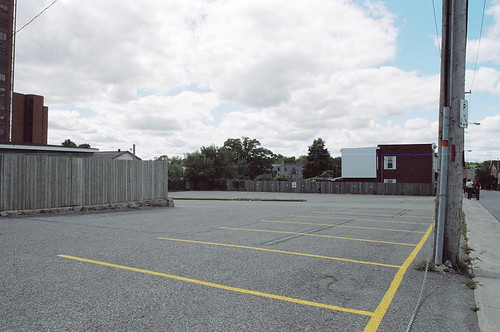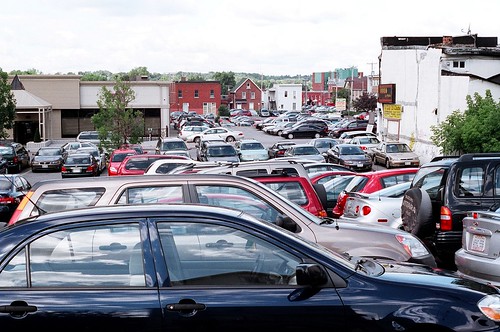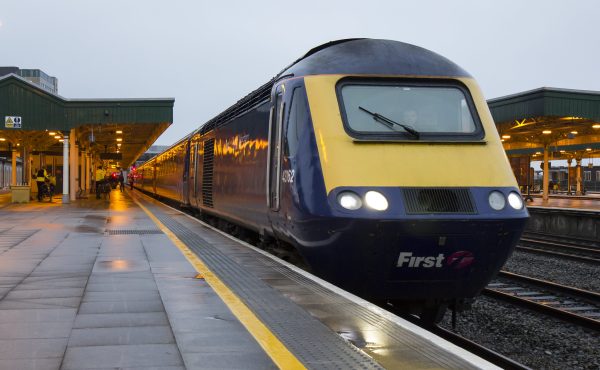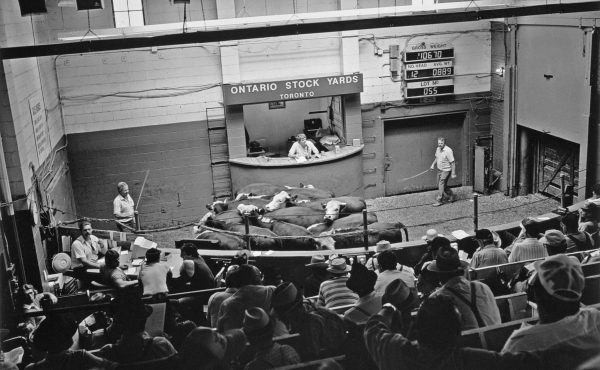
Three of us working on The Impervious P-lot congregated in Montreal to interview Gina Laurel, an architect working on a Communications PhD about water infrastructure in cities. We wanted clarification on some points about water runoff raised in the first p-lot interview.
Gina had a beautiful way of describing the relationship cities have with water:
You’re dealing with something that’s non-human and trying to make it a controllable thing that is basically invisible and literally underground for the most part in an urban context; yet without which cities would just completely fall apart and not function; and everyone would have tuberculosis and cholera. A medical magazine had a vote on what was the greatest invention in the past one or two hundred years and in the top ten was sanitary systems — sewage, basically. I think this is a good thing to realize — that cities depend on a lot of things — water is just one of them.
The more Gina talked about water infrastructure, the more I began to think of sewer grates, sink drains, and toilets, as portholes into a secret, dynamic subterranean city. Maybe because of its physical location underneath a city, or maybe because it handles water — an elusive invisible material in itself — I began to think of water infrastructure as a kind of subculture, as something that is operated, discussed, and maintained beneath the radar of the average citizen.
Gina touched on the subculture theme again towards the end of the interview when she urged us to explore alternative activities that happen in parking lots:
The parking garage in Kensington Market in Toronto is apparently really popular with skateboarders because it’s a continuous ramp. The thing about parking surfaces is they have other lives outside of parking; they’ve got other stories. I hope you’ll dig them up.
I know there are plenty of non-car activities happening in Toronto parking lots; however I don’t know of any in Hull besides the occasional ping-pong game. In Hull, parking lots are virtually empty outside the hours of nine to five, Monday to Friday. See the photos below which show approximately the same view of parking lots next to the brown government buildings.
On a Thursday in the middle of the afternoon.

On a Tuesday at around 6:00pm.

Parking has an uncanny way of inserting itself with prevalence but very quietly, almost insidiously, into our surroundings. For example, many of us aren’t aware of the central role parking plays in architecture. Gina told us:
You might be horrified by how many buildings—especially brand new buildings—are based upon the parking structure that is at its foundation. Maybe you’ve heard about this already, but a nine metre square grid for the placement of columns is often dictated by three parking spaces.
Parking lots are everywhere; yet, people don’t seem to notice them. Why is this so? I think it’s because of the nature of parking lots as empty spaces. As empty spaces, parking lots assert less presence in a cityscape than, say, a building. And people tend to pay more attention to presences than absences probably for the simple reason that it’s easier to observe something that has a fixed shape.
In my mind, there is a parallel between parking lots and the underground network of water infrastructure: parking lots and water infrastructure are things of great urban significance that are nearly invisible, somewhat subcultural, and rarely or barely considered by the general civic public. That is, they are there and they are important but people don’t seem to see them.
Amber Yared is one among a group of artists, writers, educators, and architects working on The Impervious P-lot, a Hull-based CUP project about parking lots and what they do besides store cars. She will be posting her findings on the Spacing Wire as the project progresses.




4 comments
Methinks you might be interested in reading Matthew Gandy’s Concrete and Clay. For a preview, go here: http://books.google.ca/books?id=R38TXjcG-xsC&dq=concrete+and+clay&ots=bPJHZY8_Zh&sig=sPS7qtSA-MpWDbn0Ndrmw1Sb1Oo&prev=http://www.google.ca/search%3Fhl%3Den%26client%3Dfirefox-a%26rls%3Dorg.mozilla%253Aen-US%253Aofficial%26hs%3D2VU%26q%3Dconcrete%2Band%2Bclay%26btnG%3DSearch%26meta%3D&sa=X&oi=print&ct=result&cd=1&cad=legacy
My pet-peeve is the asphalt desert we have to cross from a bus stop to a shopping mall, in the middle of a winter blizzard!
Stores (with second floor offices and third floor residences) should be beside the road and sidewalk and the parking should be in a garage or lot behind and out of sight.
Maybe people could play leafblower hockey on them.
Hey Amber!
What you wrote about presences and absences reminds me of the idea that it is the built environment, such as buildings, that shapes outdoor public spaces. Perhaps these parking lots are unnoticed not because they are empty but because the environment around them doesn’t promote, in anyway, their presence. Another reason why people probably don’t see p-lots is because they are designed for one function only and therefore are no use to the lives of anyone except for those who drive.